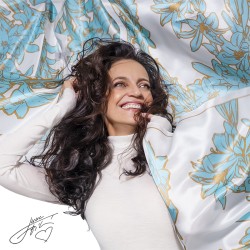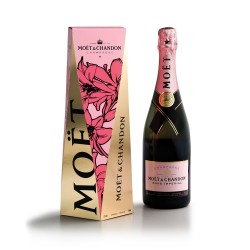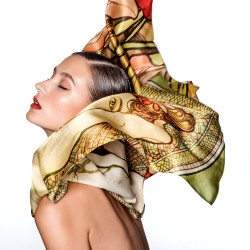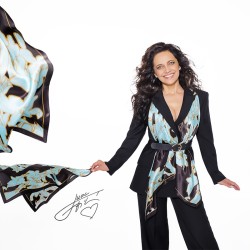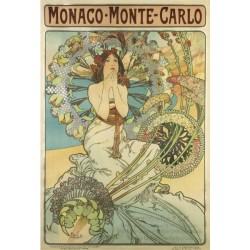Oblíbené produkty
darujmuchu.cz
Kousek svého Muchy domů
Osobitost, nejvyšší kvalita a funkčnost. Tato tři slova jednoznačně vystihují veškerý sortiment kolekce e-shopu darujmuchu, který byl vyroben u příležitosti nejslavnější sbírky originálních plakátů Alfonse Muchy.






